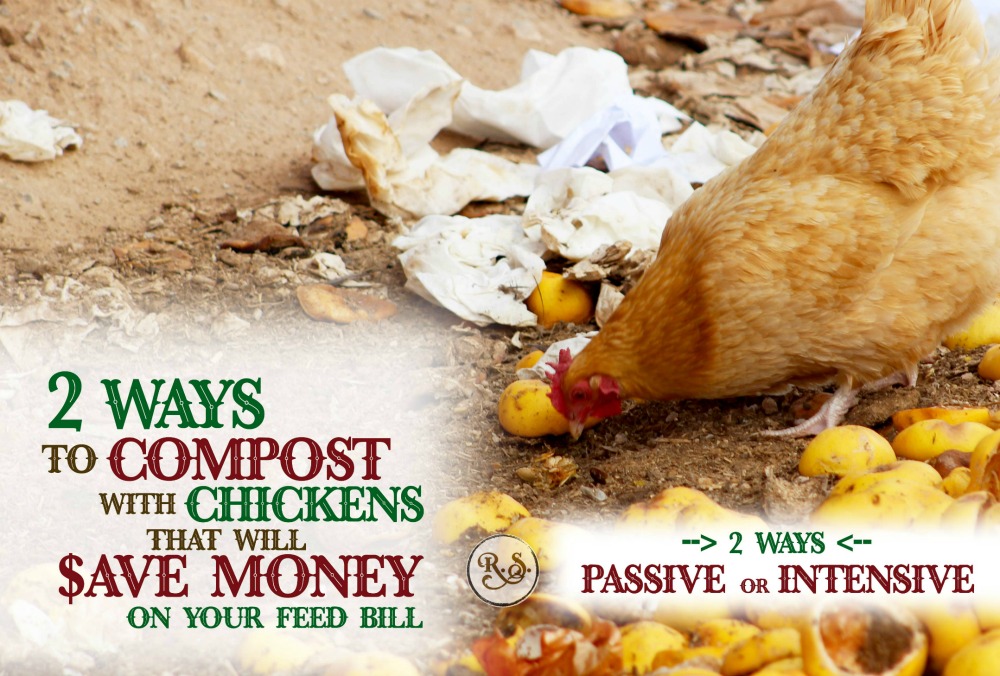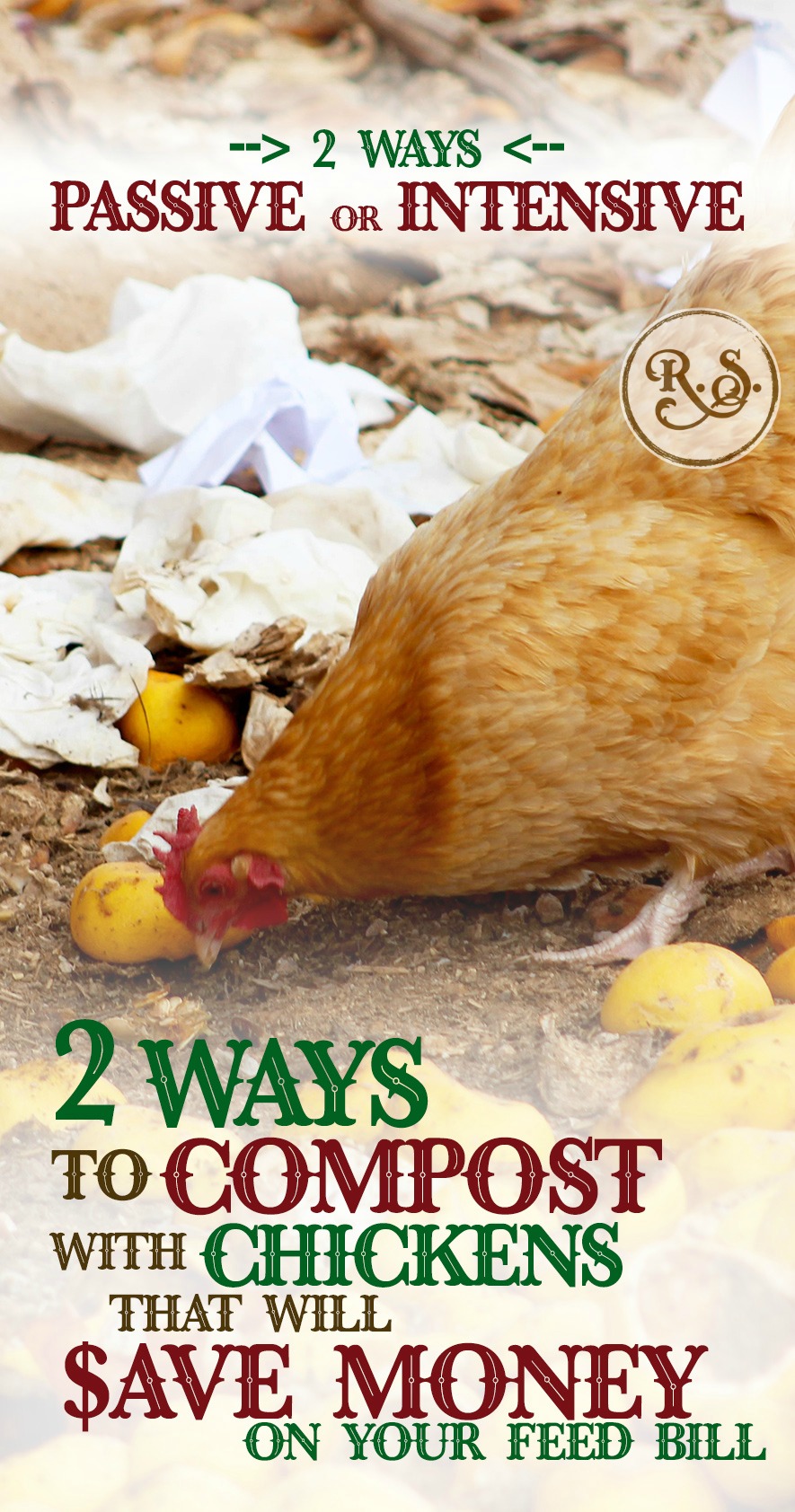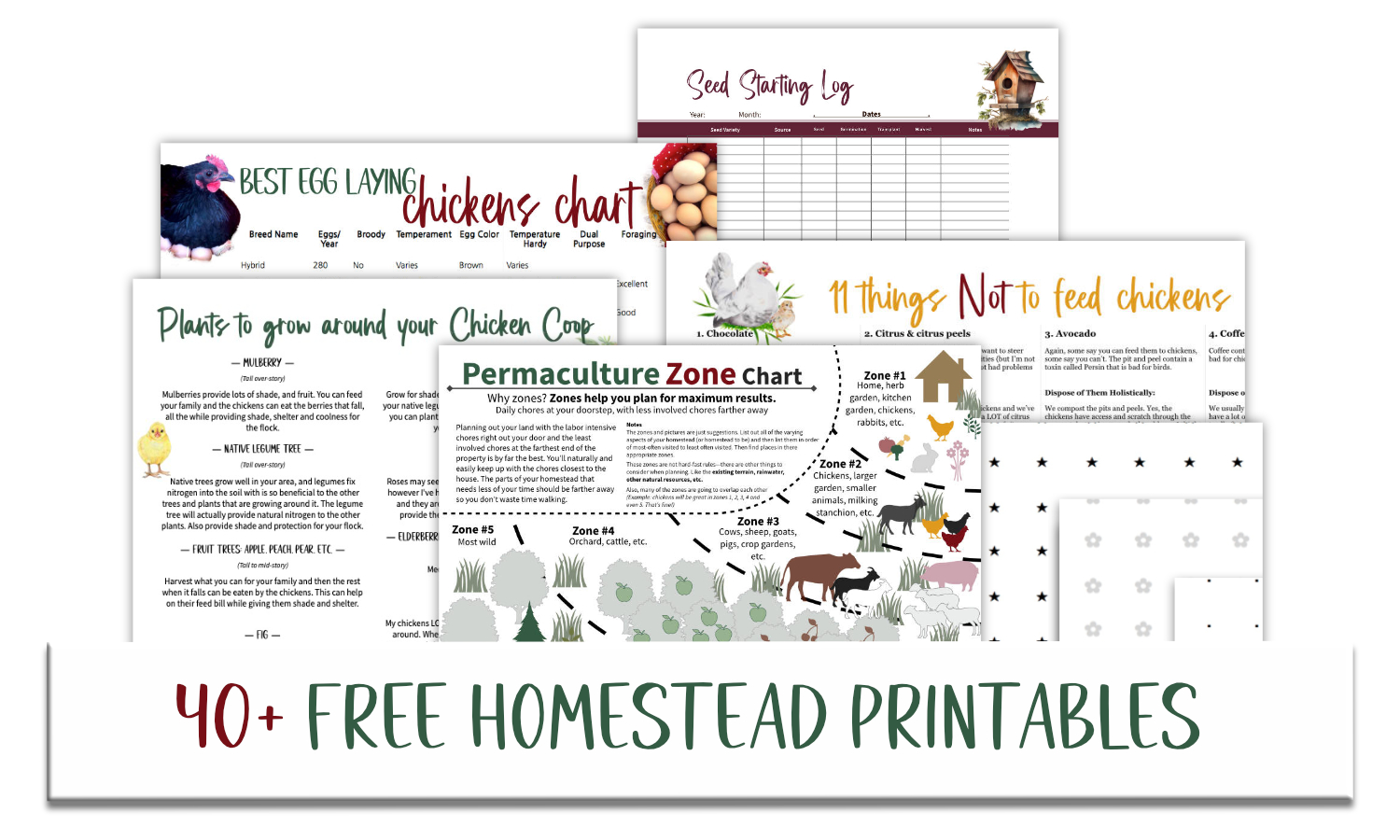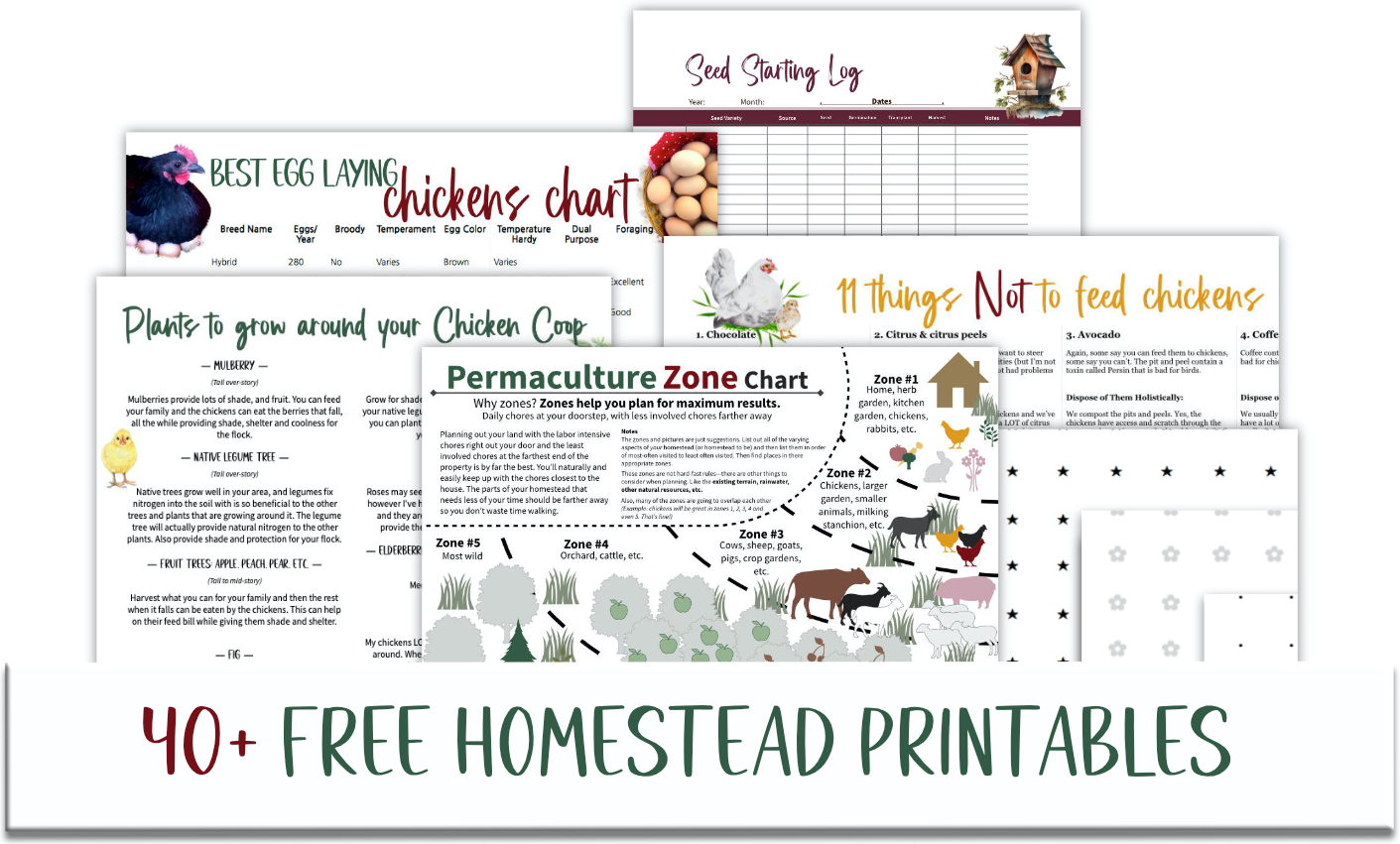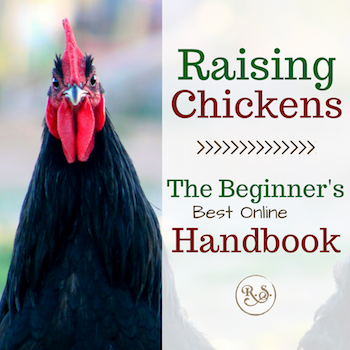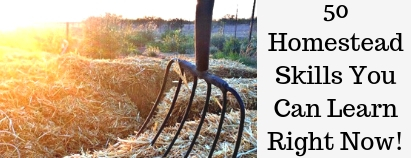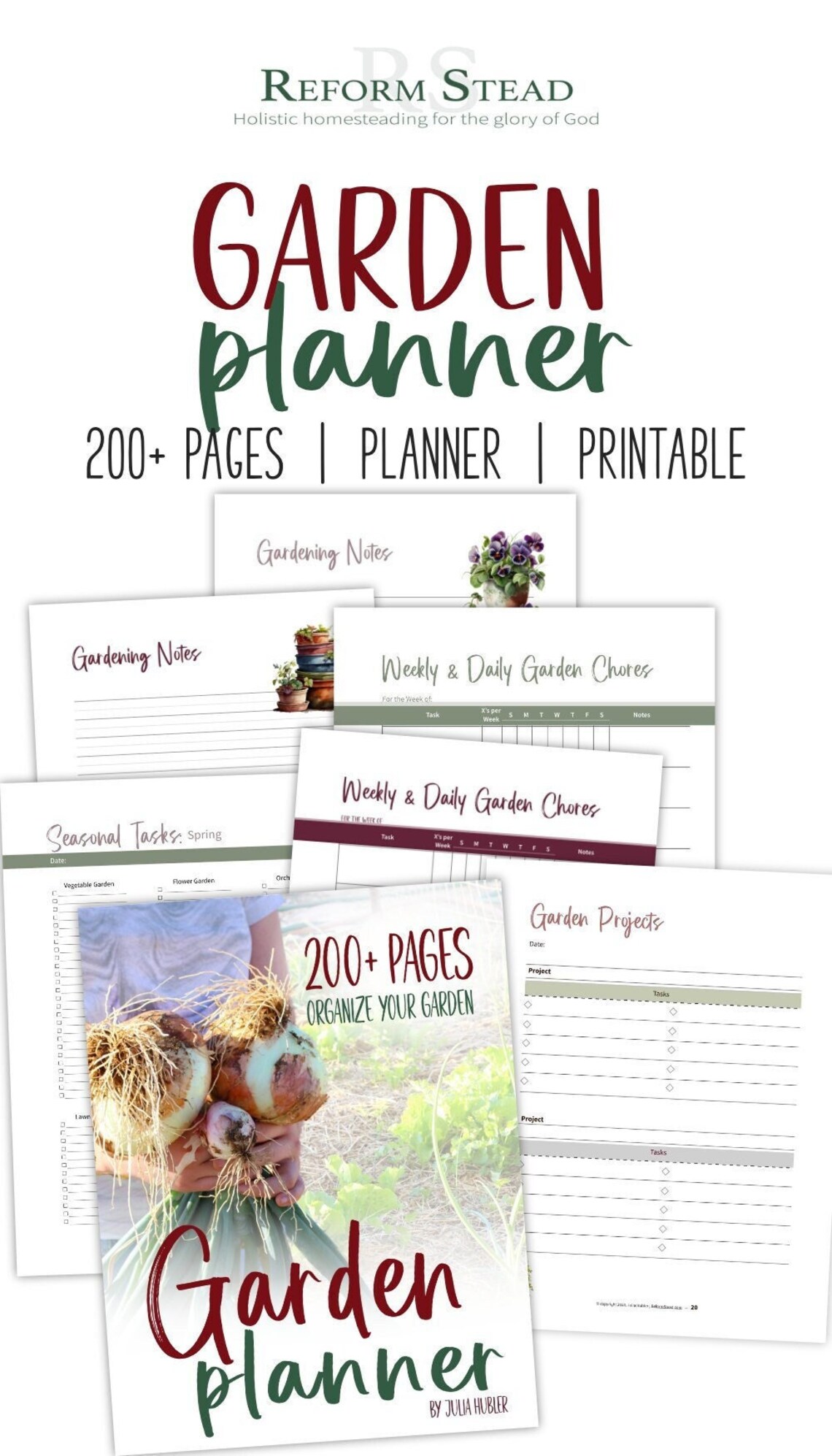2 Ways to Compost With Backyard Chickens
That Will Save Money on Your Feed Bill
--Passive & Intensive
Composting with chickens is great for the backyard homesteader. Not only are you growing food for your flock, you’re also growing food for your vegetables. This has to be one of the best ways to save money on your chicken feed.
This is another method where management is the key. Simply by giving your chickens access to the compost pile you are providing them with yet another feed source. If you take it a step further you can be extra pro-active about your compost and you might even be able to feed your chickens solely off of the compost (or rather the bugs, and food scraps that make up the compost).
Composting is a great and essential project for any homestead. It takes a “waste” and turns it into a resource…
Compost!
AKA food for your soil.
Composting with chickens really is the best of all the ways you can save on your feed. Instead of raising bugs for your flock, or just feeding food scraps, or managing for manure control, or even fermenting their feed (because in the compost pile lots of microscopic living things are growing), instead of focusing on just one of those…
compost takes the best of them all and turns it into ONE job. You now have one chore instead of several. It’s definitely the most holistic of your options.
What Chickens Can & Cannot Eat
Chickens can eat pretty much everything, and this means you can compost almost everything. What they can’t eat...they generally don’t eat. If you’d like to learn more though, you can read up on it here.
Chickens & Compost Are Amazing Allies
When putting chickens and compost together (correctly of course, we’ll get to that soon) you get the best of both. Chickens and compost together means: the happiest, healthy chickens and the best compost.
How the Chickens Benefit
Bugs and larvae grow in a composting pile and the chickens love to eat them up. This is one of the best kinds of foods you can feed them. They’re high in protein and calcium which are essential for the chicken and nice hard egg shells.
Food scraps from you kitchen can and should be thrown on top of the pile throughout the week as you have them and the chickens can eat what they want. Anything they don’t eat is being used by the microbes to make valuable compost for your garden.
It gives them a job. Chickens need something to do. You can either give them that job and control how they use their energy, or they’ll choose how to use it--which may mean destruction to part of your yard or garden.
Other Benefits to Your Homestead
Besides feeding and keeping your chickens occupied, when you compost with your chickens something else on your homestead is benefiting as well. How are you using all that compost?
Compost is literally full of thousands if not millions of microbes . It’s alive and ready to feed the soil and all of the roots that grow in it. Compost is the BEST food for your soil. Nothing beats it.
You can’t have too much of it either. If your garden has enough (which I’m not sure is possible) then you always have your orchard, pasture, herbs, or even some bare spot of ground.
How to Compost With Chickens: #1. The Intensive Method
In this most intensive method I’ll show you how you can get the most out of this combination of chickens and compost. This method takes a bit more of your time than the following method, but it’s not that bad.
1. Set Up Your Pile
To set up your pile you need to have “walls” to put all your compost ingredients inside. The reason for the “walls” is you don’t want your pile all spread out by the chickens at first. After it’s gone through the initial heating stage it’s okay to let the chickens spread it out. Before that you want it together so it can heat up, which is important for lots of microbes to grow in a quick compost.
2. What Goes In a Compost Pile
This isn’t a detailed post about how to make compost. That would take a whole other article, but here are a few guidelines. Check this out if you are new to composting, not everything may be right for this system, but you can at least learn some of the basics.
Basically anything that will decompose can go into your compost pile. And there are two kinds of organic matter (anything that can be composted) you can use for those that are high in nitrogen and those that are high in carbon.
Wood chips, leaves and hay are examples of materials that are high in carbon. Manure and food scraps are high in nitrogen.
3. It’s Not Rocket Science
Why does all this carbon and nitrogen stuff matter? Basically you want a correct ratio of carbon (C) to nitrogen (N) which is about 30:1--C:N. Don’t let this seemingly confusing terminology stop you though from trying. It’s easy once you get the hang of it, it just takes time to learn by mistakes and success--like anything else. Just get out there a do it.
4. Adding Food Scraps Throughout the Week
After you have your compost going, (don’t worry about the C:N ratio for this part) collect food scraps and throw them on top throughout the week. The chickens can eat whatever they want and what they don’t eat will compost.
5. Turning the Pile
After about a week you can take down the “walls” around your pile, then tear it down and restack it into a pile again (only this time without the “walls”).
The chickens love to eat all the microbes and bugs crawling in the pile. As they do, they will tear down the pile and by next week when you go to turn it you’ll find all you need to do is restack it--the chickens will have already torn it most of the way down.
6. Get Into a Rotation
Now all you need to do is continue making and turning the older piles every week. The chickens will help tear down the older piles and provide you with great compost.
This Method Can Cut Your Commercial Feed Bill Altogether
It’s pretty cool how well this works. I remember when I first saw one of Geoff Lawton’s videos online where there was a farm up north where this compost farmer was also an egg farmer, but didn’t spend anything to feed his egg layers--except the compost he was already making. He sold better compost (because the chickens made it better with their scratching and manure) and he also sold eggs which didn’t cost him much more than it did to produce the compost he was already making.
If you’d like to see a video of how to do this, Geoff Lawton has a great one you can see here (on YouTube).
How to Compost With Chickens: #2. The Passive Method
I have yet to fully try the faster method (above), because I like how this slower system works for us (and we don’t always have enough materials to make quite that much compost). This way takes less work, but you still get great results.
In this system I’ll show you how you can get a lot out of combining chickens and compost, but not taking as much time or energy as the first method. (Just so you know, this is a slower or a cold compost. The first method was a hot compost.)
1. Set Up Your Pile
For this slower compost, you don’t need to have walls. Just stack up the ingredients and water it so it has a good amount of moisture, but make sure it’s not too wet. A good rule of thumb is it should be as moist as a wrung out sponge.
Also, you can do this kind of composting in a ditch if water conservation is critical in your area (like here in the desert).
2. What Goes In a Compost Pile
The same things that go into a hot compost pile...anything that will decompose. (See above for more details)
3. This Is Even Easier
This is way more simple than the first system. Once you have your pile altogether, just let it sit and let the chickens run around and scratch through the pile. Every week, more or less, you can restack it. Water it as needed to keep the same moisture levels.
4. It Does Take Longer
When going with this method you can’t expect your compost to be done in two weeks. A few months or even a year may be required for a good batch.
5. Keep Adding Food Scraps
Same as with the first system, dump them on throughout the week.
Evaluating the Two Systems
We’ve done some of both hot (method #1) and cold (method #2) composting. Doing both is great for flexibility on the homestead. You can keep you long slow piles going all the time and then when you have a season where you can squeeze in a few extra minutes you can start up a hot compost pile.
Saving Money With This System
When implementing the first intensive method many people have been able to stop buying commercial feed altogether. So with this method...you should be able to make it to that final goal. You can stop buying chicken feed.
The second more passive method is great, but I don’t think you can cut back on your other feed sources altogether. You’ll still need a few other food sources. If you are using this, make sure you see even slow composting as part of their food supply. It’s still helping you reach your goal of increasing your home-grown chicken food.
With either system, composting with chickens can save you a boatload of money and is great to implement on your holistic homestead.
If you want to break away from commercial feed entirely, check out this blog post…
10 ways to save money on your chicken feed bill to learn more.
Links on this page may be affiliate links, so I may get a small commission if you make a purchase. Thank you for supporting this blog! 🤗 Read the full disclosure here.
Hey there! I'm Julia. I live in Arizona on 2.5 acres, with HOT summers☀️, lots of cacti🌵 and amazing sunsets🌅! A sinner saved by grace, I'm also a homeschool graduate🎓. The oldest of six, I live with my family at home🏡. Serving the King, Jesus Christ, above all is my number one goal. Read more -->

|
Soli Deo Gloria! (Glory Be to God Alone!) ~ Julia
|
-
-
Soli Deo Gloria! (Glory Be to God Alone!)
~ Julia
 Hey there! I'm Julia. I live in Arizona on 2.5 acres, with HOT summers☀️, lots of cacti🌵 and amazing sunsets🌅! A sinner saved by grace, I'm also a homeschool graduate🎓. The oldest of six, I live with my family at home🏡. Serving the King, Jesus Christ, above all is my number one goal. Read more --> |
psst...Instagram is my favorite 👇😉
-
-
.

Only takes 35 to 75 days from ground to plate. A wonderful collection of greens of diff... [More]
Start your own Mexican Salsa garden seeds indoors and get a jump on the growing season.... [More]

Rudbeckia hirta 20 inches. A dazzling show of 3\" blooms in shades of cherry red. Prol... [More]
.
